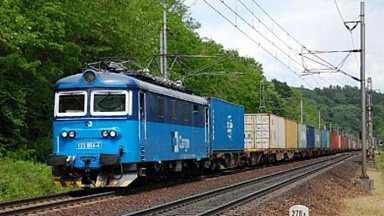The aim of this report is to provide a working framework under which the future of automated freight transport and resulting impacts can be defined. Findings will include the expected development of freight transport, current literature on advanced driver assistance systems (ADAS), and indicators for the importance of freight applications. These findings will be the foundation of subsequent work to look at short-, medium- and long-term impacts, respectively. The results presented in this report are based on reviewing roadmaps of European associations, reviewing scientific literature, and consulting stakeholders in the stakeholder reference group workshop.
The roadmaps differentiate between long-distance freight transport and urban freight transport. The timeline of implementation / commercialisation is different, and this is due to their complexity. Applications for the former, such as hub-to-hub automated transport, will be implemented earlier than applications for the latter, such as automated urban delivery.
Literature search on ADAS (SAE automation level 1 and 2) show their impacts on traffic, safety, environment, mobility and society. The systems are similar to those of passenger cars, with the exception of a few systems such as speed limiters or automatic electronic tolling system which are more relevant for freight vehicles. In general, literature suggests the future of CATS to be positive in terms of their impacts on traffic, safety, environment, economy and mobility according to most studies.
A stakeholder reference group workshop was conducted to gather views on the future of CATS and possible applications of freight transport from city administrators and industry. The consensus was that collaboration between freight operators should be enforced by facilitating data sharing, utilising consolidation centres, and improving the last mile solutions. This statement is not limited to CATS applications.
All these findings play an important role in the further development of the freight transport use case. The list of potential interesting sub-use cases was compiled, will be prioritised and refined in the next step during Tasks 7.2, 7.3 and 7.4. Finally, specific assessment methodologies will be developed, and the results integrated into the Levitate policy support tool (PST).
Thanks!
We will contact you.



